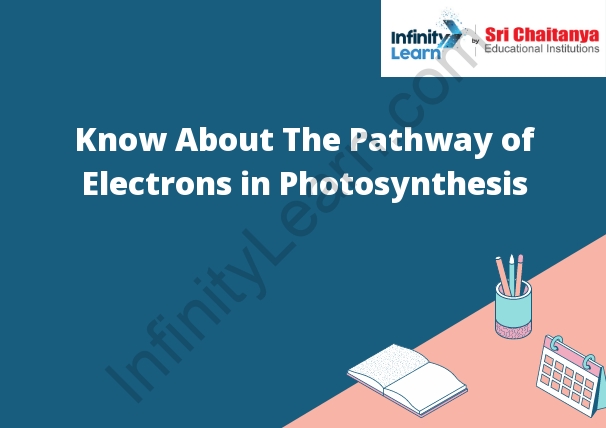Table of Contents
Basic Components and Steps of Photosynthesis
Photosynthesis is a process that uses light energy to produce organic molecules from simple inorganic molecules from plants and other photosynthetic organisms. The process of photosynthesis can be divided into two parts: light-dependent reactions and light-independent reactions.
The light-dependent reactions occur in the thylakoid membrane of the chloroplast. Light energy is converted into chemical energy that can be used to produce glucose from carbon dioxide and water. The light-independent reactions occur in the stroma of the chloroplast. Glucose is converted into other organic molecules such as lipids, proteins, and nucleic acids.
The basic components of photosynthesis are light, chloroplasts, water, carbon dioxide, and glucose. The steps of photosynthesis are as follows:
1. Light energy is converted into chemical energy in the thylakoid membrane.
2. The chemical energy is used to produce glucose from carbon dioxide and water.
3. Glucose is converted into other organic molecules in the stroma of the chloroplast.

What is Photosynthesis?
Photosynthesis is the process that produces organic molecules from simple inorganic molecules from the sun’s energy. Chloroplasts in the plant cell convert light into chemical energy that can be used by plants to create glucose from carbon dioxide and water.
The Pathway of Electrons
The pathway of electrons is the way that electrons flow in an electric circuit. Electrons flow from the negative terminal of the battery to the positive terminal. This flow of electrons is called electricity.
What are Cytochromes B and F?
Cytochrome b is a small, water soluble protein that is found in the mitochondria of all eukaryotic cells. It is one of the proteins that make up the cytochrome c oxidase complex, which is responsible for the electron transport chain. Cytochrome b is a flavoprotein that contains a heme group.
Cytochrome F is a small, water soluble protein that is found in the mitochondria of all eukaryotic cells. It is one of the proteins that make up the cytochrome c oxidase complex, which is responsible for the electron transport chain. Cytochrome F is a heme protein that contains a cytochrome b group.
Importance of Photosynthesis
Photosynthesis is the process that produces organic molecules from simple inorganic molecules from the sun’s energy. The process of photosynthesis occurs in the chloroplasts of photosynthetic cells. Light energy liberates electrons from water molecules which combine with CO 2 to form organic molecules such as glucose.



